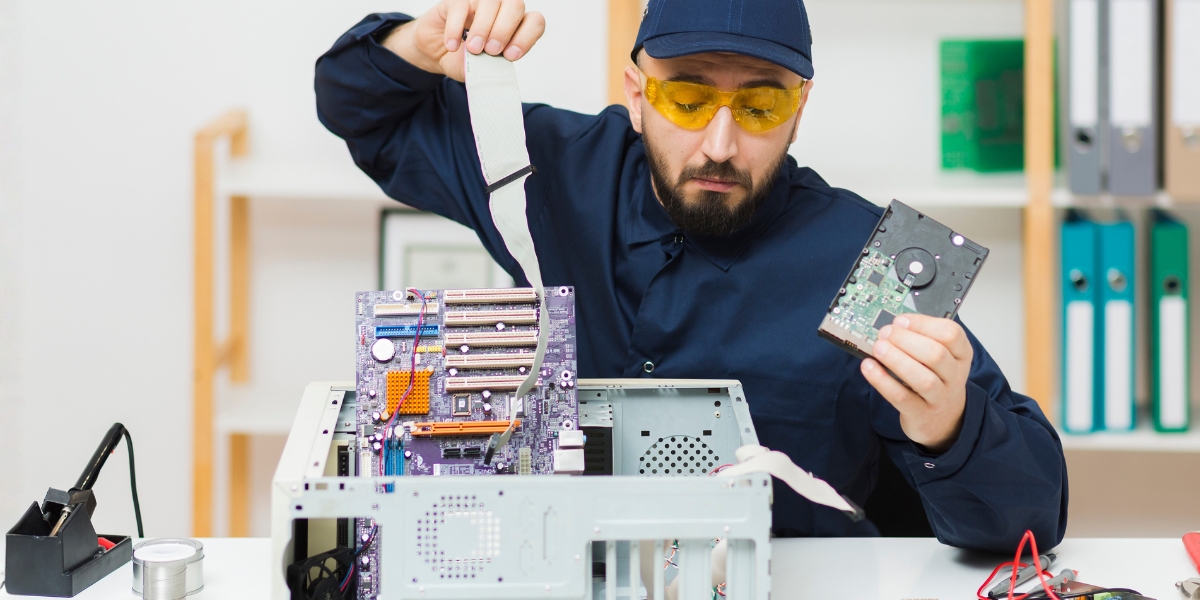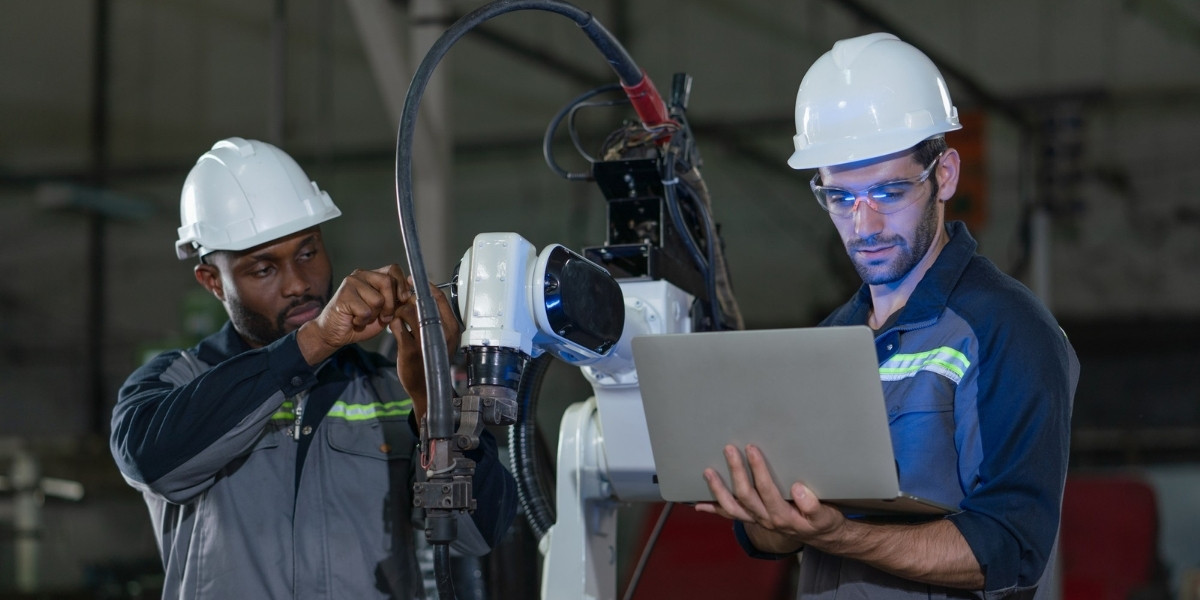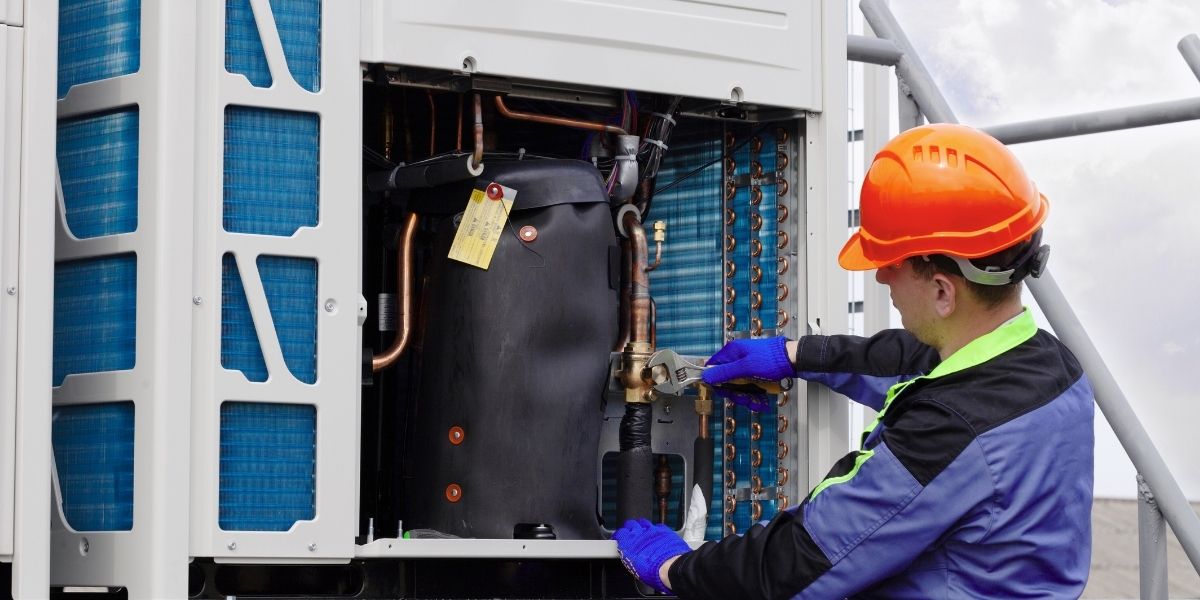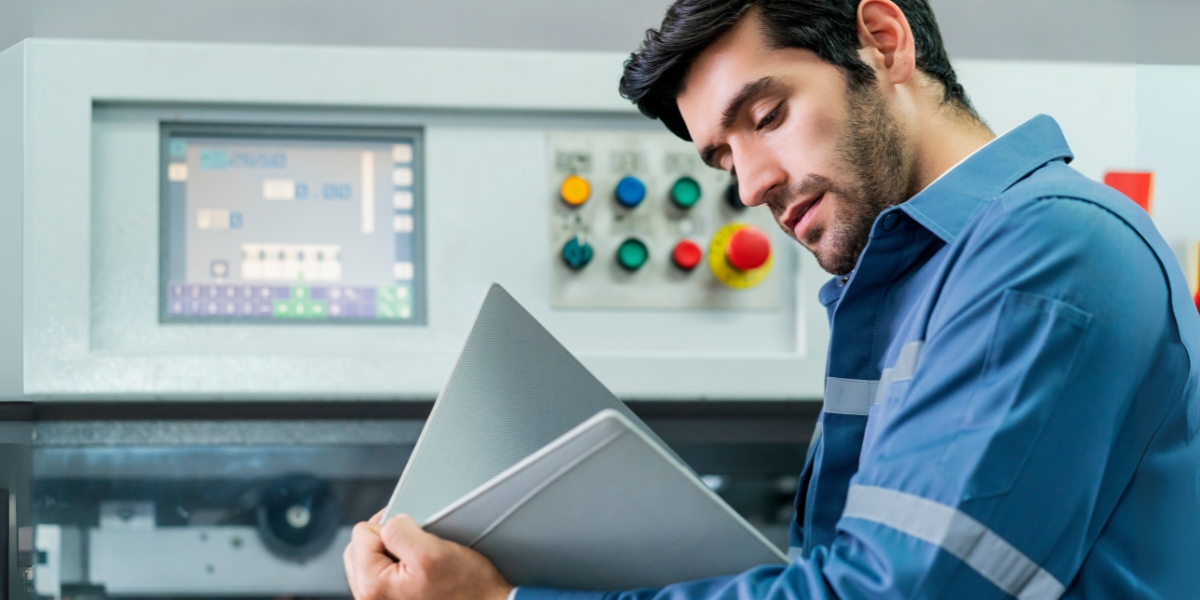How to Identify Common UPS Issues and Fix Them?
Uninterruptible Power Supply (UPS) systems are essential for businesses and households that rely on continuous power. They protect sensitive equipment from outages, fluctuations, and electrical disturbances. However, like any electronic system, UPS units can develop problems over time. Knowing how to identify common UPS issues and applying the right solutions can prevent downtime, protect equipment, and extend the system’s lifespan.
In this guide, we’ll explore the most frequent problems that occur in UPS units, how to recognise them early, and the most effective repair solutions.
Common UPS Issues and Their Solutions
UPS systems can face a variety of problems that affect their performance and reliability. From battery failures to environmental stress, each issue has its own cause and impact on backup power. Understanding these challenges not only helps in early detection but also ensures timely repairs that prevent costly downtime. Below are some of the most common UPS issues and their practical repair solutions.
1. Battery Failures
Batteries remain the heart of every UPS system, yet they are also the most vulnerable. Over time, they naturally lose capacity because of repeated charge and discharge cycles. Excessive heat, poor ventilation, or frequent deep discharges accelerate this wear. Additionally, using low-quality or mismatched batteries can cause premature breakdown.
Another overlooked cause of battery failure is irregular maintenance. Many users wait until the UPS stops working to check the battery. By then, the damage is often irreversible.
Repair Solution
The best approach is preventive. Regularly test batteries with load methods, replace weak ones with quality alternatives every three to five years, and keep the UPS in a cool, clean environment to extend life.
2. Overloading
Connecting too many devices is a common mistake. Every UPS has a specific power rating, and exceeding it forces the system to work beyond its capacity. This not only reduces performance but also creates unnecessary stress on internal components, leading to frequent shutdowns.
Overloading often occurs in office environments where users keep adding computers, printers, and networking equipment without checking the UPS’s total load limit. In industrial setups, large machines or automation systems may exceed the UPS rating unintentionally.
Repair Solution
The solution is simple. Calculate the total power usage of connected devices and compare it with the UPS rating. Keep at least a 20% margin below maximum capacity. If several devices need to run together, distribute them across multiple UPS power supply units. For critical setups, upgrade to a higher-capacity UPS.
3. Inverter or Rectifier Issues
UPS units function through two crucial components
- Rectifier – Converts AC power into DC to charge the batteries.
- Inverter – Converts stored DC battery power back into AC when the main power fails.
If either of these components malfunctions, the UPS cannot provide stable output. Symptoms include unusual noises, voltage fluctuations, or complete system failure. These issues are more common in industrial setups where UPS units handle heavy and fluctuating loads.
Repair Solution
Because inverters and rectifiers involve complex circuitry, DIY fixes are not advisable. A skilled technician should perform a diagnostic check, test the circuits, and replace faulty boards if necessary. In many cases, calibration is needed to restore stable output. For businesses, seeking industrial electronics repair services ensures the job is done professionally without risking further damage.
4. Capacitor Problems
Capacitors play a critical role in maintaining voltage stability and filtering out electrical noise. Over time, they naturally degrade due to stress, overheating, or age. Physical signs such as bulging, leaking, or discolouration usually indicate capacitor failure.
When capacitors fail, the UPS may show symptoms like irregular voltage output, unexpected shutdowns, or even damage to connected equipment. In severe cases, multiple capacitors may fail simultaneously, resulting in costly downtime.

Repair Solution
The best way to address capacitor issues is through proactive maintenance. During scheduled inspections, technicians should check for physical signs of capacitor wear and replace them early. Early replacement is far more cost-effective than waiting for a complete breakdown, which can damage other parts of the UPS.
5. Environmental Damage
UPS systems are sensitive to their surroundings. Excessive heat accelerates battery wear, while dust and humidity can clog vents, short-circuit boards, and corrode internal parts. In industrial spaces, exposure to contaminants such as oil mist, metal particles, or chemical vapors can shorten UPS life significantly.
Repair Solution
The key is prevention. Install UPS units in clean, temperature-controlled environments. Maintain proper airflow by keeping vents unobstructed and scheduling regular cleaning. In industrial settings, use protective enclosures or dust filters. Monitoring humidity levels also helps prevent moisture damage. Small preventive steps can significantly extend the lifespan of the UPS and its components.
6. Firmware and Software Malfunctions
Modern UPS systems often include smart monitoring software and firmware that allow users to track performance, schedule shutdowns, and receive alerts. While these features are useful, outdated or corrupted firmware can cause malfunctions. The UPS may display incorrect battery levels, trigger false alarms, or fail to switch properly during a power outage.
Repair Solution
Always keep firmware and software updated. Manufacturers often release patches to fix bugs, improve stability, or enhance performance. Regularly check for updates through the manufacturer’s website or authorised power supplies repair service providers. If updating doesn’t resolve the issue, the UPS may require professional servicing. A technician can reinstall firmware, recalibrate sensors, and ensure the system communicates correctly with connected devices.
7. Human Errors and Improper Handling
Not all UPS issues come from technical faults—sometimes the problem lies in handling. Improper installation, incorrect wiring, or failing to follow manufacturer guidelines can all lead to problems. For example, connecting incompatible devices, ignoring alarms, or neglecting maintenance schedules may cause preventable breakdowns.
Repair Solution
Train staff on proper UPS usage and handling. Follow installation manuals carefully and ensure only trained personnel perform maintenance. Keep detailed maintenance logs to track inspections, replacements, and repairs. Proper training and disciplined operation can prevent many failures before they occur.
8. Ageing and Wear-Out
No matter how well a UPS is maintained, ageing is inevitable. Over years of continuous operation, parts like fans, relays, and internal wiring degrade. An ageing UPS is more prone to frequent shutdowns, overheating, or inconsistent backup performance.
Repair Solution
If the UPS is more than 8–10 years old and repairs are becoming frequent, consider replacing it. While component-level repairs can extend life, investing in a new UPS ensures efficiency, reliability, and updated technology that older systems lack.
Maintaining UPS Performance for Long-Term Reliability
Uninterruptible Power Supply (UPS) systems are essential for ensuring reliable power in critical environments. Recognising common UPS problems, such as battery failures, overloading, and inverter issues, can help prevent costly downtime. The key is to take prompt action when symptoms arise and to seek expert UPS repair when necessary.
For businesses in the UAE, choosing specialised services like Horizon Elect Devices for industrial electronics repair ensures that your UPS units and other critical systems receive professional care. With proactive maintenance, proper usage, and timely repairs, your UPS can deliver years of reliable service and keep your operations running without interruptions.



